
Ingredients:
- 1 cup long grain rice
- 6 garlic cloves, sliced very thin
- 2 scallions, sliced diagonally
- ¼ cup red pepper, diced
- ¼ cup green peppers, dices
- 1 tablespoon ginger, grated
- 1 small shallot, diced
- ½ carrots shredded
- 1 tablespoon olive oil or (vegetable, grape seed, peanut, etc.)
- 1 teaspoon sesame oil
- 1 small or half of a 2 cup chicken bouillon
- ½ packets of Goya Sazón Culantro and Achiote
- 1 teaspoon turmeric
- 1 tablespoon Huy Fong Hot Chili Garlic Sauce
- 1 tablespoon Tamari
- 2 cups water
- 2 teaspoon toasted sesame seeds
Preparation:
This is best done the day before or at least 2 hours prior to sautéing the rice.
In a sauce pan, that has a lid for later, bring 2 cups of water to a boil with the chicken bouillon, sesame oil, Goya Sazón, tamari, turmeric and Chili Garlic sauce. Make sure the bouillon has dissolved completely.
Meanwhile wash long grain rice until the cloudiness of water clears. I use a mesh strainer and shake it while running water the tap through the rice.
After the water has come up to the boil add the washed rice and bring the mixture back up to a boil. Reduce the heat to low and simmer the rice, with the lid on, for 15 minutes.
After the 15 minutes, remove from the heat. Transfer the rice into a blow and fluff with a fork, then set it aside and allow it to cool. Once cooled… place the rice uncovered in the refrigerator.
After the rice has completely cooled and hardened (about 2 hours) you can finish this recipe. Bring a wok or non stick skillet up to med high heat with your oil. While you wait for that to come up to temp, shred the carrot, dice the red pepper and shallot. Toss the peppers and shallots into the pan and sauté for a few minutes. While that’s cooking, slice the garlic. Lower the heat to medium and add the rice to the pan, sprinkling the garlic, shredded carrots and minced ginger over the top.
When you hear the rice popping (about 8-10 minutes), it’s time to flip the rice in the non stick skillet mixing the garlic, carrots and ginger into the rice, so it’s now towards the bottom. Continue cooking for another 8=10 minutes stirring occasionally so the garlic doesn’t burn. Once you start to smell the garlic, slice the scallions.
Plate the rice and sprinkle the scallions and toasted sesame seeds over the top as a garnish just before serving.


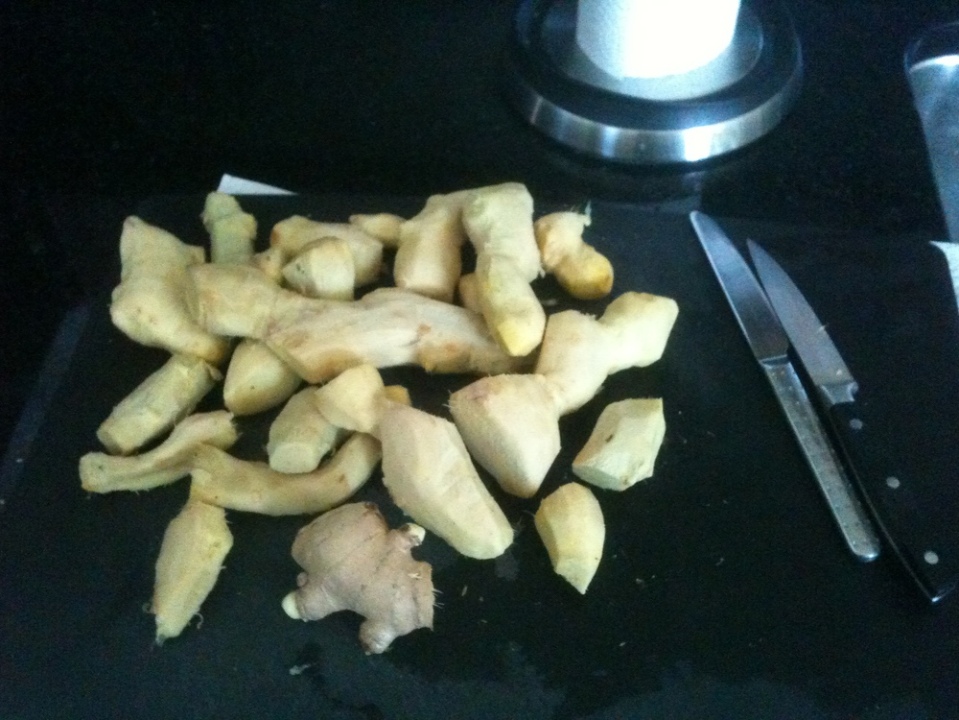
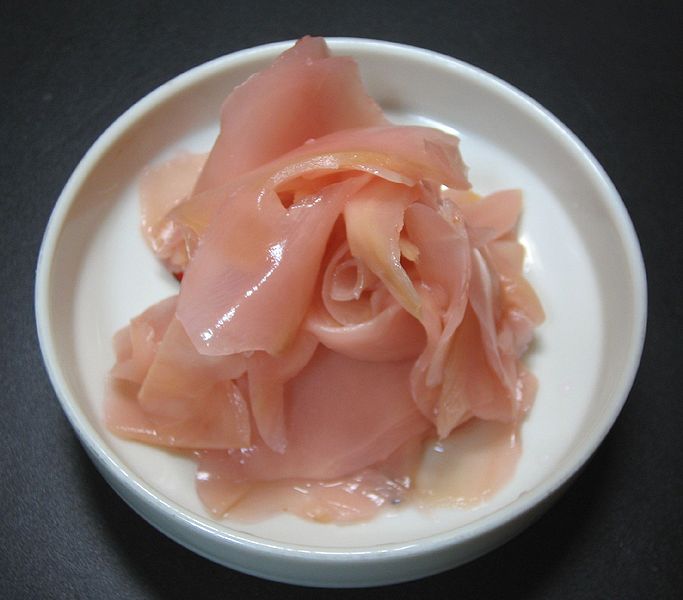
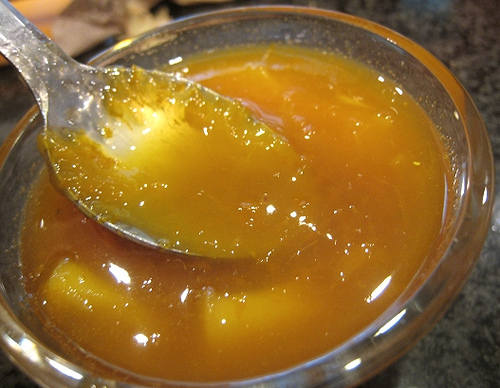
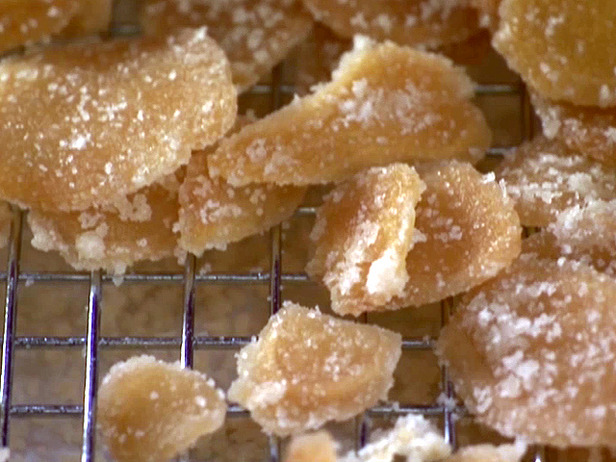
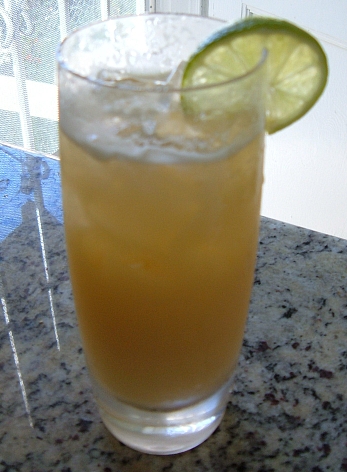

 The other day, while watching television, I saw a commercial for Canada Dry Ginger Ale.
The other day, while watching television, I saw a commercial for Canada Dry Ginger Ale.
